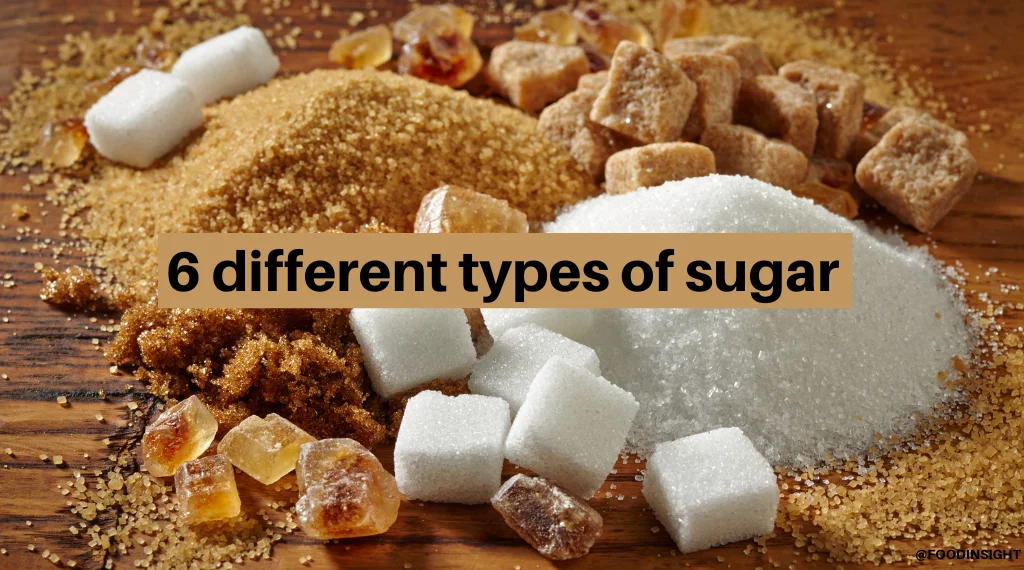People researching beet sugar vs cane sugar often want to know which blends well in hot drinks.
People researching beet sugar vs cane sugar often want to know which blends well in hot drinks.
Blog Article
Discover the Uses and Advantages of Beet Sugar Vs Cane Sugar in Your Daily Diet Regimen
Discovering the unique qualities of beet and cane sugar exposes more than just their sweetening abilities; it highlights their one-of-a-kind effect on health and wellness and culinary arts. Beet sugar, known for its refined flavor, is typically preferred in delicate treats, whereas cane sugar, with its hint of molasses, adds splendor to robust meals. Each type holds its very own nutritional account and glycemic ramifications, welcoming a much deeper understanding of their functions in a balanced diet regimen and lasting consumption practices.
Origin and Manufacturing Processes of Beet and Cane Sugar

The distinct climates and soil types needed for growing sugar beets and sugarcane add to distinctions in their farming methods and geographical distribution, influencing the business economics and sustainability of their manufacturing. beet sugar vs cane sugar.
Nutritional Comparison In Between Beet Sugar and Cane Sugar
Regardless of originating from different plants, beet sugar and cane sugar are nutritionally really similar, both mostly containing sucrose. Each offers regarding 4 calories per gram, converting to about 16 calories per tsp. Structurally, both sugars are made up of about 99.95% sucrose, with minimal quantities of other materials like moisture and trace minerals, which do not significantly alter their dietary profiles.

Eventually, when selecting in between beet sugar and cane sugar based upon nutritional content alone, both deal similar advantages and drawbacks as they are basically forms of the exact same molecule-- sucrose, supplying fast energy without various other nutrients.
Effect On Health: Glycemic Index and Caloric Material
Exploring further into the effects of beet sugar and cane sugar on wellness, it is essential to consider their glycemic index and calorie material. Both sugars are identified as sucrose, which includes glucose and fructose. This make-up leads them to have a similar impact on blood sugar degrees. The glycemic index (GI) of both beet and cane sugar is around 65, categorizing them as high-GI foods, which can cause quick spikes in blood glucose levels. This is an essential facet for people handling diabetic issues or those attempting to maintain this link their energy levels throughout the day.
Each sort of sugar includes around 4 calories per gram, making their caloric content matching. For those keeping an eye on caloric consumption, especially when taking care of weight or metabolic health problems, comprehending this equivalence is important (beet sugar vs cane sugar). Nonetheless, extreme usage of any kind of high-calorie, high-GI food can sites add to health and wellness concerns such as excessive weight, heart illness, and insulin resistance.
Environmental and Economic Factors To Consider of Sugar Production
Beyond health and wellness influences, the manufacturing of beet and cane sugar also increases significant ecological and financial worries. Sugar beet cultivation tends to call for cooler environments and has a lower geographical impact compared to sugar cane, which prospers in exotic regions.
In addition, using pesticides and plant foods in both beet and cane sugar farming can bring about soil degradation and pollution, additional affecting biodiversity and neighborhood water bodies (beet sugar vs cane sugar). The option between cultivating sugar beet or cane commonly depends upon neighborhood environmental conditions and economic aspects, making the sustainability of sugar manufacturing a complicated problem
Culinary Applications and Taste Differences
While the environmental and economic facets of sugar production are certainly considerable, the selection in between beet and cane sugar also affects cooking applications and taste profiles. Beet sugar, originated from the sugar beet plant, is recognized for its incredibly neutral preference. This makes it a versatile ingredient in baking, where it does not alter the taste of various other parts. It dissolves promptly and is optimal for use in cakes, cookies, and pastries.
Walking cane sugar, extracted from sugarcane, frequently preserves molasses traces, which present a distinctive splendor and deepness. The slight variant in dampness web you can try these out content between beet and cane sugar can impact the structure and consistency of recipes, making cane sugar a recommended option for details recipes that benefit from its special properties.

Conclusion
In verdict, both beet and cane sugar have unique origins and production processes, offering comparable nutritional accounts with minor differences in sodium material and taste. While their influence on health, especially concerning glycemic index and calories, is equivalent, the selection between them frequently boils down to environmental, economic variables, and specific cooking requirements. Comprehending these elements can guide customers in making educated choices that align with their health goals and flavor preferences.
Report this page